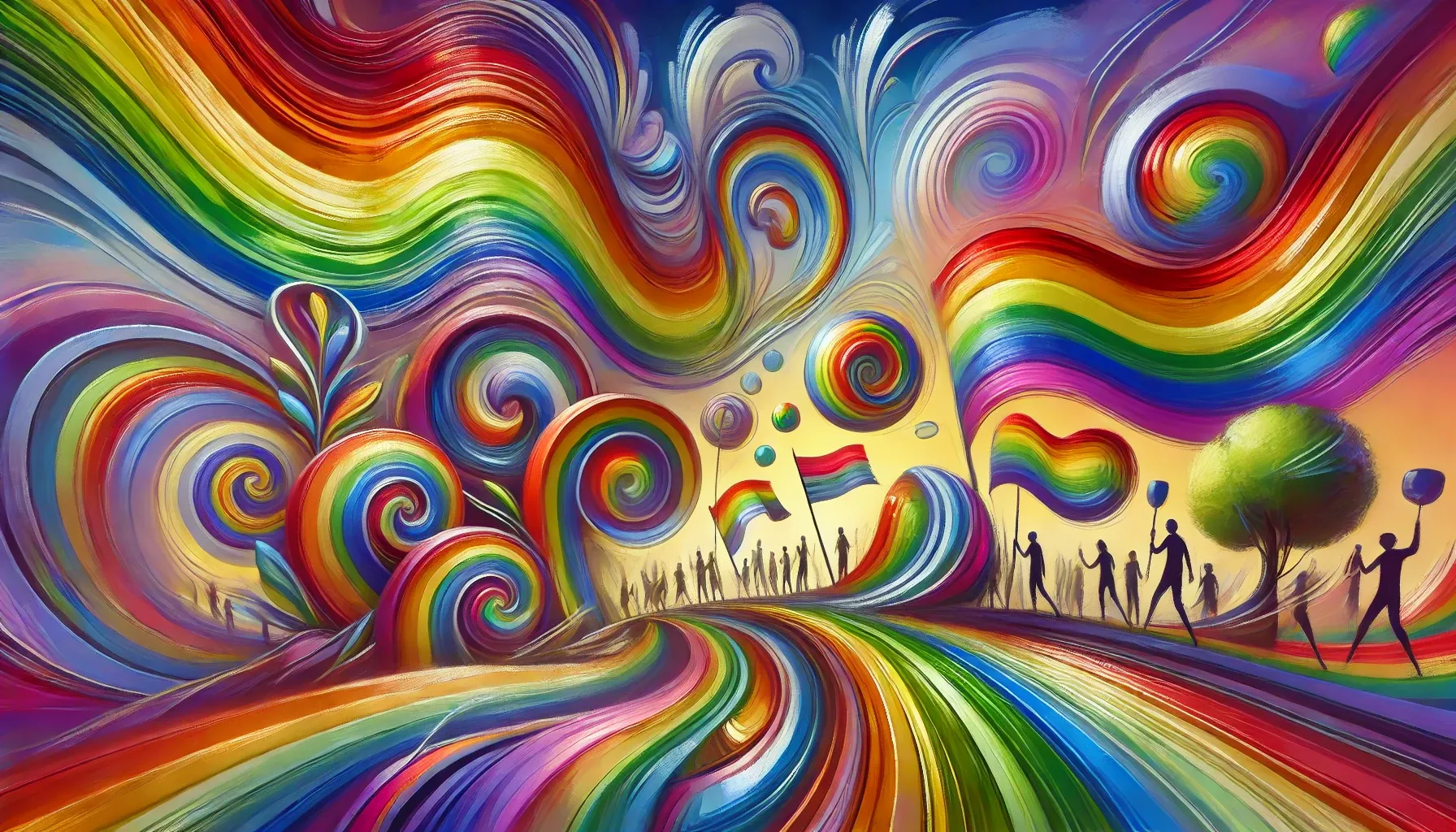By 1987, Memphis’s LGBTQ+ community had been marching, organizing, and demanding recognition for over a decade. But Pride was evolving. That year, the city saw its first full-scale LGBTQ+ festival—GayFest ‘87—a bold attempt to move beyond protest and into a new era of community celebration. Held from June 26 to June 28 in the parking lot next to George’s, the festival was an ambitious step forward, bringing together advocacy, entertainment, and local businesses in a way Memphis had never seen before.
The festival was the brainchild of John Mark House, who envisioned an event that would blend activism with the kind of public joy that Pride represented. GayFest ‘87 was more than just a gathering; it was an experiment in visibility, transforming a parking lot into a space where LGBTQ+ Memphians could see and be seen. Organizations like the Memphis Gay Coalition, the Aid to End AIDS Committee, and Agape New Life Church set up booths, offering resources, literature, and community connection. The Gay Athletic Association and Tsarus added a playful edge with games, while a “Celebrity” Dunk Tank became a crowd favorite, featuring familiar faces from local bars and radio.
Entertainment played a key role, with Lambda Televideo Productions running continuous screenings of local queer media, including the benefit drag show Old Hash and the 1985 Miss Mod Memphis Pageant. Vendors, bars, and restaurants catered to festival-goers, and for just $2, attendees could buy a festival button that granted them access and drink discounts at most of Memphis’s LGBTQ+ bars. It was an effort not just to create an event but to build an interconnected community.
Despite its ambition, GayFest ‘87 struggled to meet expectations. Attendance was lower than hoped, and the festival ended with a $500 financial loss—a significant hit for an event that had cost $3,000 to organize. But setbacks did not mean failure. The festival successfully unified Memphis’s LGBTQ+ organizations, created new partnerships with local businesses, and laid a foundation for future celebrations. Many businesses, despite limited sales, expressed their willingness to participate again, seeing the value in supporting the city’s LGBTQ+ community.
GayFest ‘87 marked an important transition in Memphis Pride’s history. It was a move away from singular marches toward something more sustainable—a community-wide festival that celebrated LGBTQ+ identity in all its forms. It proved that even in the face of financial struggle, the spirit of Pride in Memphis was growing, evolving, and refusing to be erased. The setbacks of that year did not define the future. Instead, they became stepping stones for the Pride festivals that would follow, shaping the vibrant celebrations that exist today.
